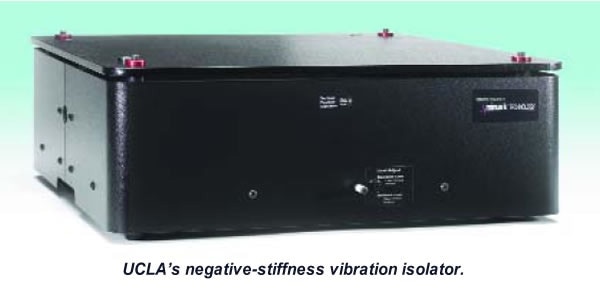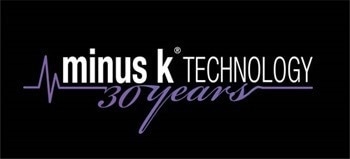Local spectra and local chemical data on insulator surfaces can be recorded using the tunable microwave-frequency alternating current scanning tunneling microscope (ACSTM), similar to the standard STM that can be used for semiconductors and metals. Measurements that have previously been unachievable on conducting substrates, such as the rotational spectroscopy of a single adsorbed molecule, can now be made using spectroscopy in the microwave frequency range.
ACSTM’s Single-Molecule Techniques
The nano-pioneering director of the Weiss Group, a nanotechnology research unit of UCLA’s California NanoSystems Institute, Professor Paul Weiss, developed the technology at the start of the 1990s. Information of chemical activity was measured for the first time using the ACSTM’s single-molecule techniques, activity such as observations of the movement of a single molecule on a surface, and the vibration of a single bond within a molecule. These measurements are vital in comprehending entities varying from single atoms to the most complicated protein assemblies.
We use molecular design, tailored syntheses, intermolecular interactions and selective chemistry to direct molecules into desired positions to create nanostructures, to connect functional molecules to the outside world, and to serve as test structures for measuring single or bundled molecules. The ACSTM enables interactions within and between molecules to be designed, directed, measured, understood, and exploited.
David McMillan, Lead Technician at the Weiss Group.
The team studies how these interfaces effect properties such as dynamics, chemistry, electronic function and structure. This can be used to create specific molecular nanostructures and arrangements, and to regulate and stabilize function. By having a full comprehension of relations, function and dynamics at the tiniest level, the team aims to advance artificial systems at every level.

Understanding ACSTM
Quantum tunneling is the basis of scanning tunneling microscopes. Applying a bias (voltage difference) between a conducting top and the surface being investigated, allows electrons to tunnel through the vacuum between them. The tunneling current produced is a function of applied voltage, the surrounding density of states of the specimen and tip location.
An image of the data collected by checking the current as the tip’s location scans across the surface. STM can be a difficult method, because it needs spotless and stable surfaces, advanced technology, perfect vibration regulation and pointed tips. For an STM, acceptable resolution is when there is 0.01 nm depth resolution and 0.1 nm lateral resolution.
ACSTMs investigate the chemical properties of insulator surfaces by reflecting microwaves off them, the tunnel junction creates microwave harmonics and throughput attenuation. The tunneling electrons excite particles which are recorded as photons released from the tunneling junction, giving remarkable advantage in spatial resolution
Conclusion
Experiments have illustrated how harmonic signal in nonlinear spectroscopy when using ACSTM can be read in relation to molecular movements, electronic assembly and charging. The Weiss Group utilizes such nonlinear properties to investigate the electronic energies of insulator surface forms.

This information has been sourced, reviewed and adapted from materials provided by Minus K Technology.
For more information on this source, please visit Minus K Technology.